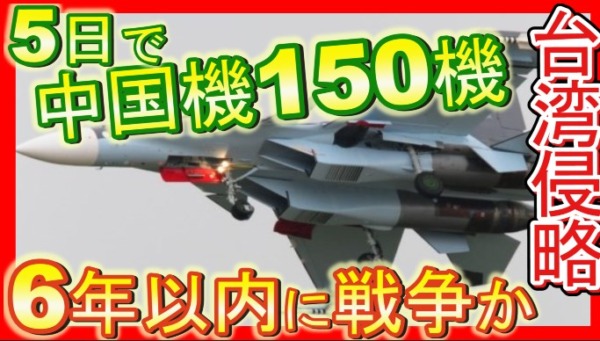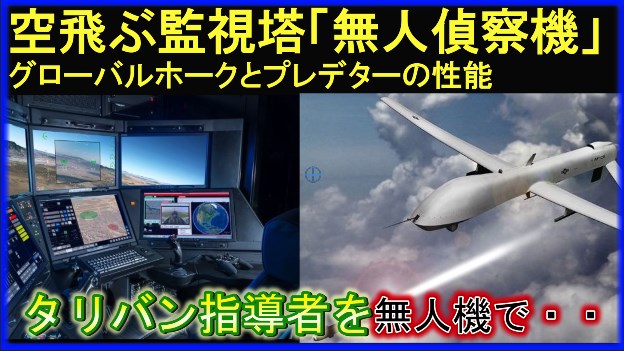
Amazonのオーディオブック12万タイトルの本を好きなだけお楽しみいただけます。・本の1冊分の月額で聴き放題
・料金をメリットが上回る
・いつでも読書できる
・読書量が格段に増え、積読が解消される
・長時間の読書も目が疲れない
・聴くたびに学びを感じる

This article is available in English.
Please scroll below the Japanese article to see the English version.
ペルシャ湾とオマーン湾の間にあるホルムズ海峡で、イランがアメリカ空軍の無人機を撃墜した。
その無人機は「RQ-4A グローバルホーク」であったことが明らかになった。
また、2011年12月に米国の高高度ステルス無人偵察機「RQ-170 センチネル」を確保し、その技術を解析しコピーしイランが利用するのではないかという懸念が報じられた。
現代戦において、UAVと呼ばれる無人偵察機は不可欠な存在である。
人は長時間働き詰めというわけにはいかず、必ず休息が必要となる。
また、撃墜された場合も無人機なら人命にかかわることはない。
今回は、アメリカ空軍が運用する無人機、グローバルホークとプレデターの秘密に迫る。

グローバルホークとプレデターの飛行動画もあるので、最後に見てね!
この記事に書かれている内容は
- 無人機グローバルホークの性能や攻撃力
- 無人機プレデターの性能や攻撃力
- 今後自衛隊に無人機は導入されるのか?
- 無人機 まとめ
- Attack Enemy Territory with the Global Hawk and Predator! The Self-Defense Forces Deploying at Last!
- The Performance and Attack Capabilities of the Global Hawk
- The Performance and Attack Capabilities of the Predator
- Will the Unmanned Aircrafts be Implemented into the Air Self-Defense Force in the Future?
無人機グローバルホークの性能や攻撃力
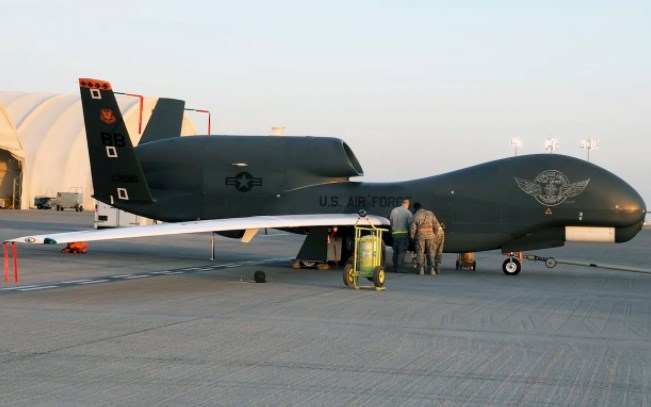
無人機グローバルホークは正式名称をRQ-4グローバルホークと言い、ライアン・エアロノーティカル社によって開発された無人航空機である。
アメリカ空軍、海軍、NASAで採用されており、実戦への投入経験もある。
RQ-4のスペックはこのようになっている。
・全長13.52m ・全幅35.42m ・全高4.64m
・重量:6,710kg
・最大離陸重量:12,111kg
・ペイロード:907.2kg
・エンジン:ロールスロイス製AE3007Hターボファン×1
・巡航速度:343kt
・実用上昇限度:19,800m
・フェリー航続距離: 22,779 km
特徴は機体の全長のわりに非常に長い翼をもっており、そのおかげで長い航続距離と34時間という時間を飛行することが可能だ。
グローバルホークは2001年から運用されており、地上または海洋の活動を非常に詳細に監視する能力がある。
偵察機のため、RQ-4グローバルホークは攻撃力を持たない無人偵察機である。
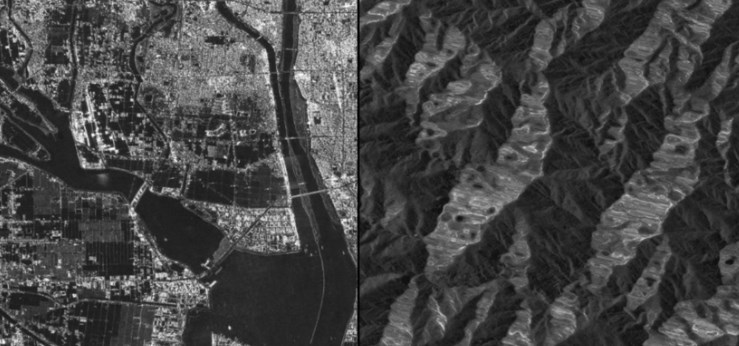
機首部を中心に数多くのセンサーやカメラを搭載しており、SAR(サー)と呼ばれる合成開口レーダーはマイクロ波を地上に照射することで、悪天候で雲がかかっていたり、深夜で光が差さない場合でも地表をマップ化することができる。
また、電子光学EOセンサー、赤外線センサーを搭載し、広域に渡って捜索・監視活動が可能である。
電子光学EOセンサー、赤外線センサーを使用することで、1mの分解能で約4万平方マイルの捜索・監視することが可能である。
これらのセンサーは電波を出すことがないため、こちらが捜索、監視していることを敵に知られることがない。
さらに、エンジン音も通常の偵察機よりも小さく、グローバルホークは76デシベルとなっており、これは地下鉄の電車内やバスの車内の音よりも小さい
センサー、エンジンともに偵察用には非常に有利な機体なのである。
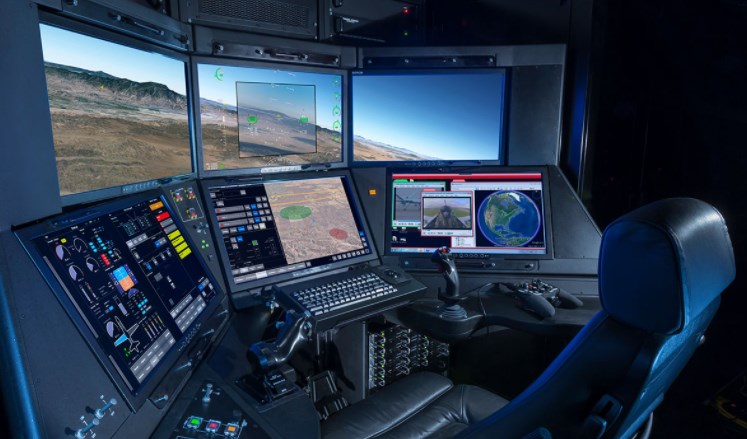
操縦に関しては無人機のため、パイロットが搭乗することなく、遠隔地の地上施設内の操縦装置から機体をコントロールすることになる。
離陸時は電波の関係から航空機本体に近い場所からの遠隔操縦となるが、グローバルホークの飛行高度が高くなると、アメリカ本土のカリフォルニア州ビール空軍基地とノースダコタ州グランドフォーク空軍基地で、米空軍のパイロットが操縦する。
グローバルホークの操縦を行うパイロットであるが、通常のパイロット資格を持つ者の中から、無人機に関する特別訓練を受けて資格を得た隊員が操縦する。
グローバルホークは兵器は搭載していないが、次に攻撃能力をもつ無人機プレデターを見てみよう。
無人機プレデターの性能や攻撃力
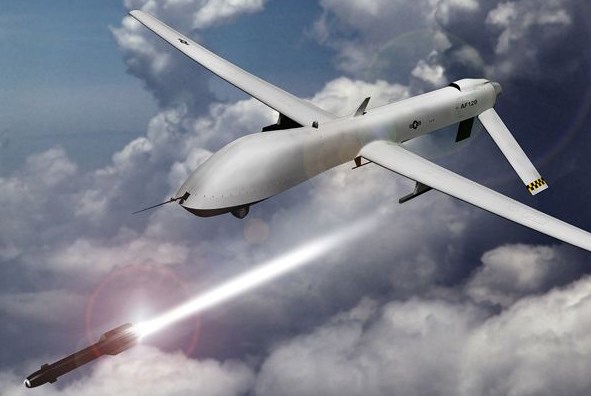
無人機プレデターは正式名称をMQ-1 プレデターといい、グローバルホークと違い攻撃能力を持つ無人機である。
プレデターのスペックはこのようになっている。
・全長:8.22m 翼幅:14.8m
・重量:512kg
・最大離陸重量:1,020kg
・最高速度: 217km/h
・巡航速度:130–165km/h
・航続距離:1200km
・実用上昇限度:7,620m
・武装 AGM-114ヘルファイア×2
AIM-92 スティンガー×2
動力はジェットではなく、ピストンエンジンで機体尾部のプロペラを駆動させるため、最高速度は時速約217キロ程度しか出ないが、エンジン音は小さく、偵察時は音もなく上空を飛行することが可能だ。
航続距離は1200キロであり、グローバルホークに比べると短いが、活動できるミッションは偵察活動や対地攻撃任務が可能である。
1995年の正式配備以降、ボスニアやアフガニスタン、パキスタン、イラクなど幅広い方面でその性能を遺憾なく発揮してきた。
遠隔操作でパイロット1名、センサー員1名によりコントロールする。
あらかじめプログラミングされた経路に従いプレデターは自動操縦で飛行することもできる。
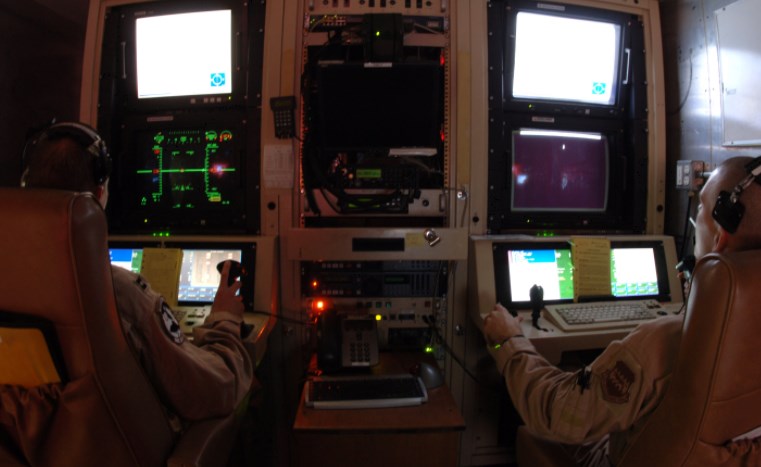
衛星データリンクを通して地上誘導ステーションのパイロットと2人のセンサー員から管制・遠隔制御される。
TVカメラ、赤外線カメラ、 レーザー指示器などを機首部に装備しており、ターゲットを補足してミサイル攻撃することができる。

プレデターは機体を6つに分解することで専用の箱に収納できるため、プレデター本体と支援機材すべてをC-130輸送機に搭載して世界中に素早く展開することが可能である。
これまで実戦での問題は、民間人への誤爆や巻き添えによる犠牲者が発生したことが問題となっている。
これは無人機操縦員の誤認や地上部隊の誤情報などが原因である。
では、わが国の自衛隊では無人機の導入や運用はどのようになっているのだろうか?
今後自衛隊に無人機は導入されるのか?
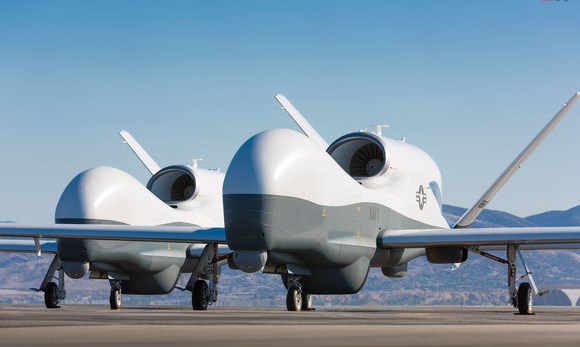
日本の自衛隊においても無人機の開発、導入の検討は進んでいる。
防衛相は青森県三沢基地へのグローバルホーク配備を数年前からすすめており、70人規模の部隊も編制されている。
防衛省では設置法についての改正案を自民党国防部会などに提示した。
さらに防衛省は無人戦闘機の開発、導入も計画している。
防衛省は、航空自衛隊の次期主力戦闘機の開発として、戦闘機に随伴する無人機の開発を本格化させている。
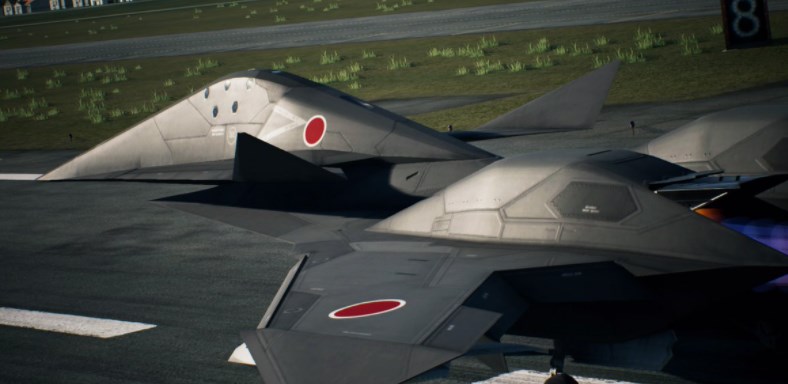
その無人機体というのは、今までのような遠隔操縦をする飛行機ではなく、人工知能である「AI」で航行する複数の無人機が、空自パイロットが搭乗する次期戦闘機と編隊を組みながら飛行するという計画だ。
無人機はパイロットの指示を受けながら共同で作戦行動にあたる。
令和3年度からは実験用の無人機の製造に着手する予定で、令和6年度ごろの飛行実証試験を目指している。
無人戦闘機には、前方を飛行させて敵情報を探知するセンサーとして任務させるのがメインであるが、開発が順調に進めば、敵戦闘機を空対空ミサイルで攻撃する能力も備えさせる予定である。
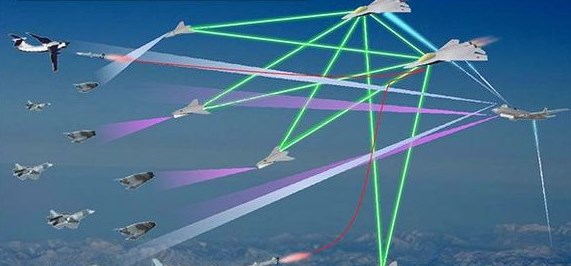
防衛省は令和3年度の予算で次期戦闘機開発に約772億円を計上しており、この一部は無人機の製造費にあてられる。
令和6年をターゲットに、飛行速度を遅くして編隊飛行試験を行う予定だ。
無人随伴機にパイロットが遠隔操作でに指示を送り、制御するプログラムなどの基礎的技術の確立を目指している。
無人機の導入に当たっては、少子高齢化や種々の問題からのパイロット不足が念頭にあると予想される。
無人機 まとめ
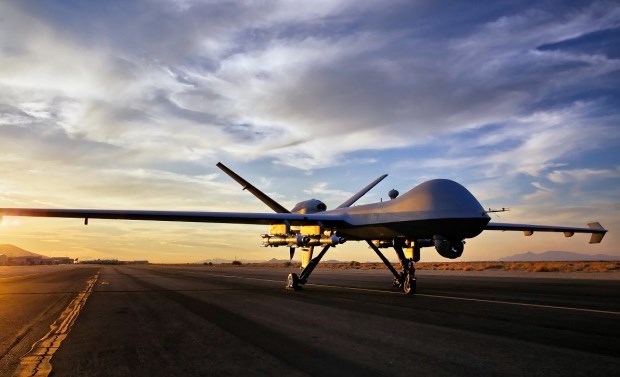
日本の自衛隊において無人機の導入が検討ではなく配備段階まで進んでいることは報道にもあるように周知の事実である。
無人機のメリットは航空機本体にパイロットが乗り込まなくてよいところである。
つまり戦闘地域に人員を送り込まなくてよいところに最大のメリットがある。
逆を言えば、日本の自衛隊において無人機の導入、配備が進んでいるということは戦闘地域に人員を送り込まなければならなかったリスクが高くなっているということだ。
中国や北朝鮮の問題が浮いては沈む昨今ではあるが、私たちはいままでに周辺国、あるいは世界の情勢などしっかり学ぶ機会があった。
湾岸戦争やイラク戦争などで無人機が導入されていたこともさながら、その時の「かの国たち」の状況と今の日本の周辺諸外国の状況はどうであろうか。
無人機が実用化されようとしているということは、それだけ周辺国の脅威が高まっているということでもあるのではないだろうか。
Attack Enemy Territory with the Global Hawk and Predator! The Self-Defense Forces Deploying at Last!

Iran shot down a US Air Force unmanned drone in the Strait of Hormuz between the Persian Gulf and the Gulf of Oman.
The drone was revealed to have been an RQ-4A Global Hawk.
Also, in December of 2011, it was reported that the U.S. had secured a high-altitude stealth drone, the RQ-170 Sentinel, and that there were concerns that Iran might analyze and copy the technology and use it.
UAVs, or Unmanned Aerial Vehicles, are an integral part of modern warfare.
People cannot work long hours and need to take a break.
Also, if shot down, UAVs do not pose any threat to human life.
In this article, we will take a closer look at the secrets of the Global Hawk and Predator drones operated by the US Air Force.
The Performance and Attack Capabilities of the Global Hawk

The Global Hawk, officially named the RQ-4 Global Hawk, is an unmanned aircraft developed by Ryan Aeronautical Company.
It has been adopted by the U.S. Air Force, Navy, and NASA, and has been deployed in actual combat.
The RQ-4 is characterized by its extremely long wings, which allow it to fly for around 34 hours.
The Global Hawk has been in operation since 2001 and has the ability to monitor ground or oceanic activities in great detail.
As a reconnaissance aircraft, the RQ-4 Global Hawk is an unmanned reconnaissance aircraft with no offensive capabilities.
The RQ-4 Global Hawk is equipped with a number of sensors and cameras, mainly in the nose, including a SAR (Synthetic Aperture Radar) that emits microwaves to the ground, allowing it to map the surface of the earth even in bad weather or late at night.
It is also equipped with an electro-optical EO sensor and an infrared sensor to enable search and surveillance activities over a wide area.
By using the electro-optical EO sensor and infrared sensor, it is possible to search and monitor about 40,000 square miles with a resolution of 1 meter.
Since these sensors do not emit any radio waves, the enemy will not know that we are searching and monitoring.
In addition, the engines are quieter than those of conventional reconnaissance aircraft, with the Global Hawk emitting 76 decibels, which is lower than the noise inside a subway train or bus.
Both sensors and engines are very advantageous for reconnaissance use.
Since it is an unmanned aircraft, there is no pilot on board, and the aircraft is controlled from a remote-control unit in a ground facility.
During takeoff, the aircraft is remotely piloted from a location close to the aircraft itself due to radio wave interference, but at higher altitudes, the Global Hawk is piloted by U.S. Air Force pilots at Beale Air Force Base in California and Grand Forks Air Force Base in North Dakota.
The pilots who will fly the Global Hawk will be members of the military who have received regular pilot certificates, along with special training and qualifications related to unmanned aircrafts.
The Global Hawk carries no weapons, but let’s now look at the Predator, a drone with offensive capabilities.
The Performance and Attack Capabilities of the Predator

The unmanned Predator, officially called the MQ-1 Predator, is a drone capable of attacking, unlike the Global Hawk.
It is powered by a piston engine, not a jet engine, which drives the propeller on the tail of the aircraft, so its maximum speed is only about 217 kilometers per hour, but the engine is quiet and it can fly over the sky without noise during reconnaissance.
Its range is 1,200 kilometers, which is shorter than that of the Global Hawk, but the missions it can perform are reconnaissance and ground attack missions.
Since its official deployment in 1995, it has demonstrated its performance in a wide range of areas, including Bosnia, Afghanistan, Pakistan, and Iraq.
It is controlled remotely by one pilot and one sensor operator.
The Predator can also fly on autopilot, following a pre-programmed path.
It is controlled remotely by a pilot and two sensors at a ground guidance station via a satellite data link.
The Predator is equipped with a TV camera, an infrared camera, and a laser indicator in the nose to supplement the target and launch missile attacks.
By disassembling the drone into six pieces, the Predator and all of its support equipment can be loaded onto a C-130 transport aircraft for rapid deployment around the world.
The problem in actual warfare so far has been that there have been casualties due to misfires and collateral damage to civilians.
This is due to misidentification by the UAV pilots and misinformation by the ground troops.
So, what is the status of the introduction and operation of unmanned aircraft in Japan’s Self-Defense Forces?
Will the Unmanned Aircrafts be Implemented into the Air Self-Defense Force in the Future?

Japan’s Self-Defense Forces have been studying the development and introduction of unmanned aircraft.
The Defense Minister has been promoting the deployment of Global Hawks at Misawa Air Base in Aomori Prefecture for several years now, and a 70-man unit has been formed specifically for this task.
The Ministry of Defense has presented a revision of the establishment law to the Liberal Democratic Party’s National Defense Subcommittee and others.
In addition, the Defense Ministry is planning to develop and introduce unmanned combat aircraft.
As part of the development of the Air Self-Defense Force’s next mainline fighter aircraft, the Ministry of Defense is moving forward with the development of unmanned aircraft to accompany fighter jets.
These unmanned aircraft are not remotely piloted planes as in the past, but rather multiple unmanned aircraft navigated by artificial intelligence (AI) that will fly in formation with the next generation of fighter jets manned by Air Self-Defense Force pilots.
The drones will receive instructions from the pilots and work together to conduct joint operations.
Production of experimental UAVs is scheduled to begin in 2021, with the aim of conducting flight demonstrations around 2024.
The main mission of the unmanned aircraft is to fly ahead and serve as a sensor to detect enemy information, but if development progresses smoothly, it will also have the capability to attack enemy fighters with air-to-air missiles.
The Ministry of Defense has earmarked about 77.2 billion yen for the development of the next generation of fighter jets in its FY2021 budget, part of which will be used to manufacture the drones.
Targeting 2024, the plan is to conduct formation flight tests at a slower flight speed.
The goal is to establish basic technologies such as programs that allow pilots to remotely send instructions to and control unmanned aircrafts.
The introduction of unmanned aircraft is expected to take into account the shortage of pilots due to the declining birthrate, aging population, and various other problems.
It is a well-known fact that the introduction of unmanned aircraft in Japan’s Self-Defense Forces has progressed to the stage of deployment rather than consideration, as has been reported in the press.
The advantage of unmanned aircraft is that pilots do not need to be on board the aircraft itself.
This means that they do not need to send personnel into the combat zone.
In other words, the fact that Japan’s Self-Defense Forces are introducing and deploying unmanned aircraft means that the number of threats which require these to be sent into combat zones is increasing.
While the issues of China and North Korea have been rising and falling in recent years, we have had the opportunity to learn more about our neighbors and the world.
Aside from the introduction of drones during the Gulf War and the Iraq War, what was the situation of “those countries” then and what is the situation of Japan’s neighboring countries now?
The fact that unmanned drones are about to be put to practical use must mean that the threat from neighboring countries is increasing.
Amazonのオーディオブック12万タイトルの本を好きなだけお楽しみいただけます。・本の1冊分の月額で聴き放題
・料金をメリットが上回る
・いつでも読書できる
・読書量が格段に増え、積読が解消される
・長時間の読書も目が疲れない
・聴くたびに学びを感じる





